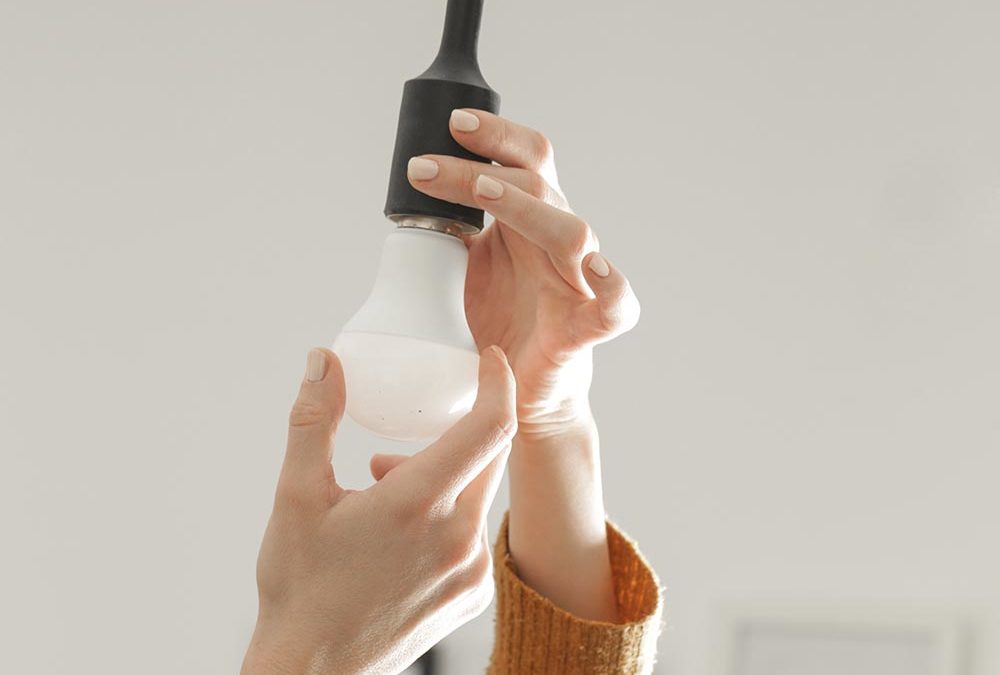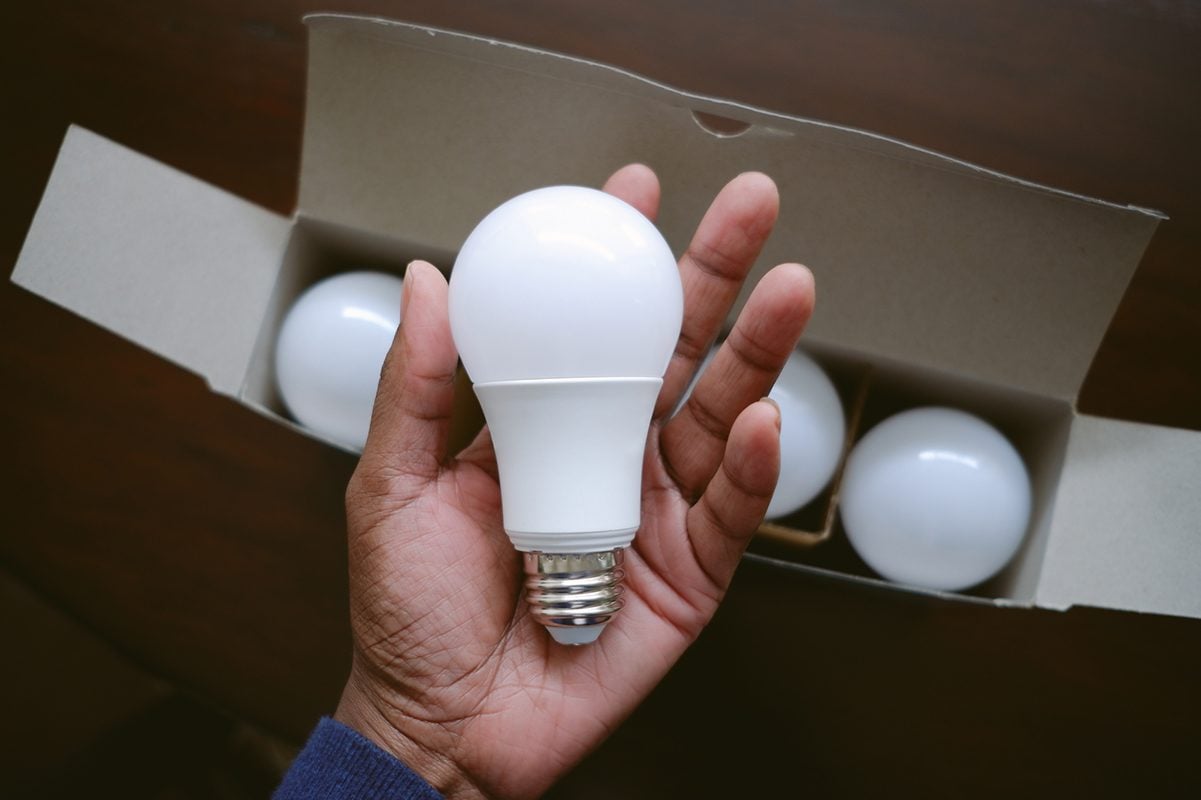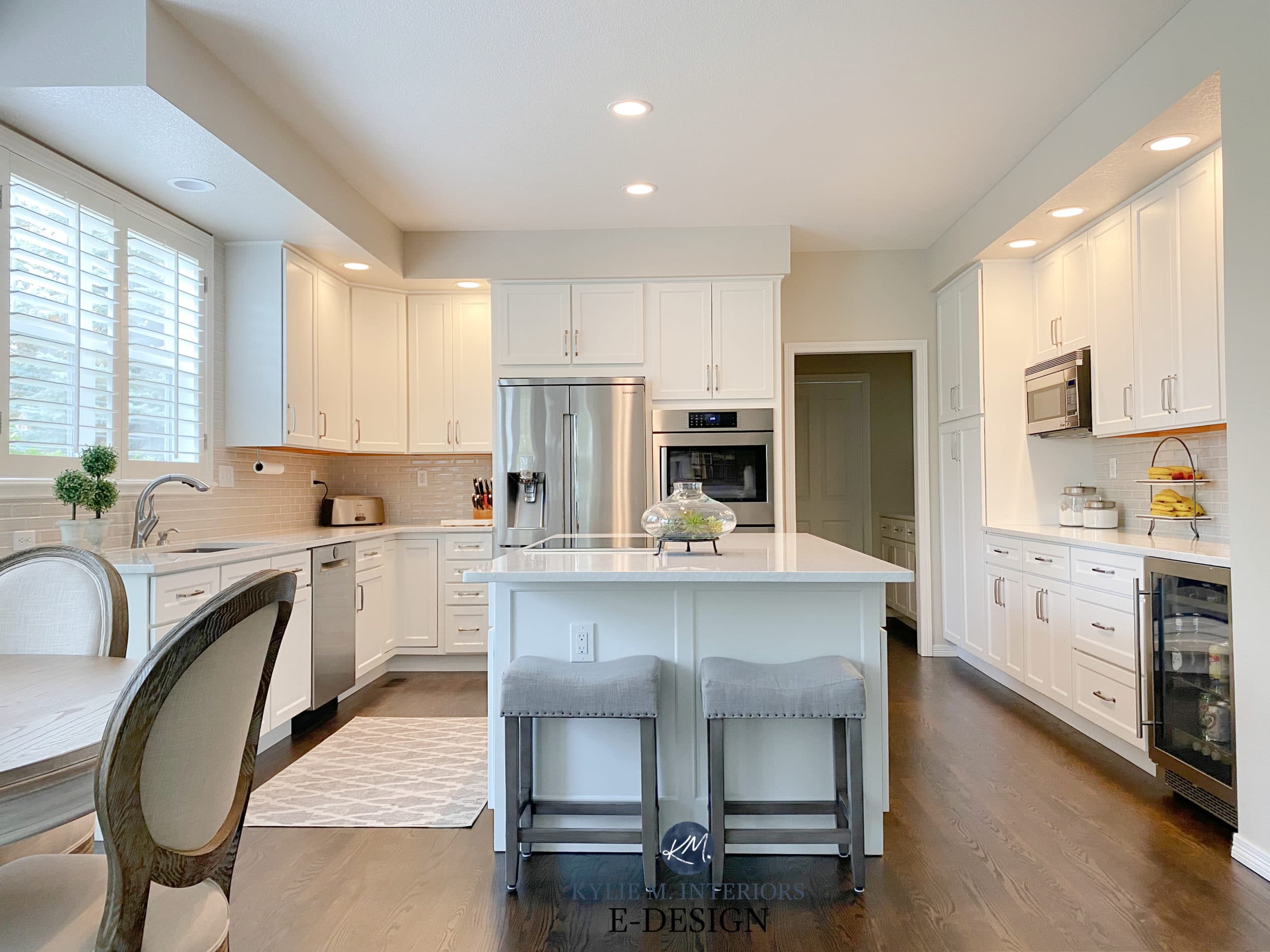When it comes to creating the perfect ambiance in your living room, lighting is key. And one important factor to consider when choosing your living room lighting is the color temperature. Understanding color temperature and how it affects the overall mood and feel of your space is crucial in achieving the desired atmosphere. In this article, we will guide you through the top 10 main light color temperatures for living room lighting, to help you make the best decision for your home.Lighting for Living Room: Choosing the Right Color Temperature
Color temperature refers to the warmth or coolness of a light source, measured in Kelvin (K). The lower the Kelvin value, the warmer the light appears, while higher Kelvin values produce a cooler light. In terms of living room lighting, it is important to strike a balance between warmth and coolness to create a comfortable and inviting space. To achieve this, consider using a combination of different light sources with varying color temperatures.How to Choose the Perfect Color Temperature for Your Living Room Lighting
The ideal color temperature for your living room will depend on several factors, including the size of the room, the natural light available, and the overall design aesthetic you want to achieve. But as a general rule of thumb, a color temperature between 2700K-3000K is recommended for living rooms. This range produces a warm and cozy light that is perfect for relaxation and socializing.Best Color Temperature for Living Room Lighting: Tips and Tricks
Now that we know the recommended color temperature range for living rooms, let's dive deeper into understanding the different color temperatures and their effects on the room. A warm temperature, ranging from 2000K-3000K, creates a cozy and intimate feel, similar to the warm glow of a fireplace. On the other hand, a cooler temperature, between 4000K-5000K, produces a bright and energizing light, perfect for task-oriented areas.Living Room Lighting: Understanding Color Temperature
When designing your living room lighting, it is important to consider the function of the space and how you want it to feel. For a versatile and balanced lighting design, consider using a mix of warm and cool color temperatures. For example, you can use warm lights for general ambient lighting and cooler lights for task lighting, such as reading or working. This will allow you to adjust the mood of the room depending on the activity.Lighting Design: Finding the Ideal Color Temperature for Your Living Room
One of the main goals of living room lighting is to create the perfect ambiance for different occasions. And color temperature plays a vital role in achieving this. For a romantic and intimate atmosphere, opt for softer and warmer lights. For a lively and energizing ambiance, go for cooler and brighter lights. By understanding the effects of color temperature, you can easily adjust the mood of your living room to suit your needs.Creating the Perfect Ambiance: Choosing the Right Color Temperature for Your Living Room
Now that you have a better understanding of color temperature, let's explore some living room lighting ideas to help you find the perfect color temperature for your space. For a cozy and relaxed atmosphere, consider using warm lights such as incandescent or soft white LED bulbs. For a modern and crisp feel, opt for cooler lights like daylight LED or cold white LED bulbs. You can also experiment with dimmable lights to adjust the color temperature as needed.Living Room Lighting Ideas: Finding the Perfect Color Temperature for Your Space
When it comes to lighting, color temperature is just as important as the brightness and direction of the light. It can greatly impact the overall look and feel of your living room. As you learn more about color temperature, you will also discover that it affects how colors appear in a room. Warmer lights tend to enhance warmer tones, while cooler lights bring out cooler tones. Keep this in mind when choosing the color temperature for your living room lighting.Lighting 101: Understanding Color Temperature for Your Living Room
Aside from creating the desired ambiance, color temperature can also be used to enhance the overall design of your living room. For example, if you have a room with neutral or cool tones, warm lighting can add a touch of warmth and coziness. On the other hand, if you have a room with warmer tones, cooler lighting can create a refreshing contrast. By playing with color temperature, you can elevate the overall look and feel of your living room.How to Use Color Temperature to Enhance Your Living Room Lighting
When it comes to choosing light bulbs for your living room, it's not just about the wattage or energy efficiency. Color temperature is equally important, if not more. Make sure to read the label of the light bulbs and look for the Kelvin value to determine the color temperature. You can also consult with a lighting specialist for personalized recommendations based on your specific living room needs.Choosing the Right Light Bulbs for Your Living Room: Understanding Color Temperature
The Importance of Light Color Temperature in Living Room Design

Creating the Perfect Ambiance
 When it comes to designing a living room, there are many factors to consider. From furniture and decor to layout and color scheme, each decision plays a crucial role in creating a space that is both functional and aesthetically pleasing. One aspect that is often overlooked, but can have a significant impact on the overall ambiance of a room, is light color temperature.
Choosing the right light color temperature for your living room can make all the difference in creating a comfortable and inviting space.
When it comes to designing a living room, there are many factors to consider. From furniture and decor to layout and color scheme, each decision plays a crucial role in creating a space that is both functional and aesthetically pleasing. One aspect that is often overlooked, but can have a significant impact on the overall ambiance of a room, is light color temperature.
Choosing the right light color temperature for your living room can make all the difference in creating a comfortable and inviting space.
Understanding Light Color Temperature
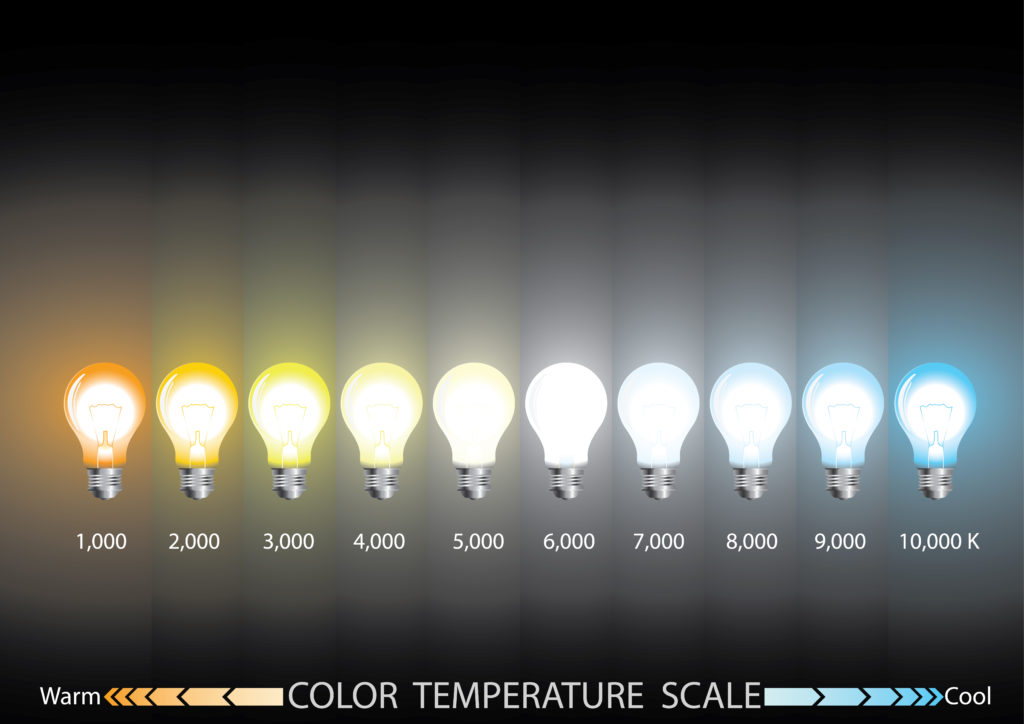 Before we dive into the benefits of using
light color temperature
in living room design, it's important to understand what it is. Light color temperature is measured in units called Kelvin (K) and refers to the color of light emitted by a light source. Light sources with lower color temperatures, typically between 2000K-3000K, emit warm, yellow tones, while those with higher color temperatures, ranging from 5000K-6500K, give off cooler, blue tones.
Before we dive into the benefits of using
light color temperature
in living room design, it's important to understand what it is. Light color temperature is measured in units called Kelvin (K) and refers to the color of light emitted by a light source. Light sources with lower color temperatures, typically between 2000K-3000K, emit warm, yellow tones, while those with higher color temperatures, ranging from 5000K-6500K, give off cooler, blue tones.
Creating a Cozy Atmosphere
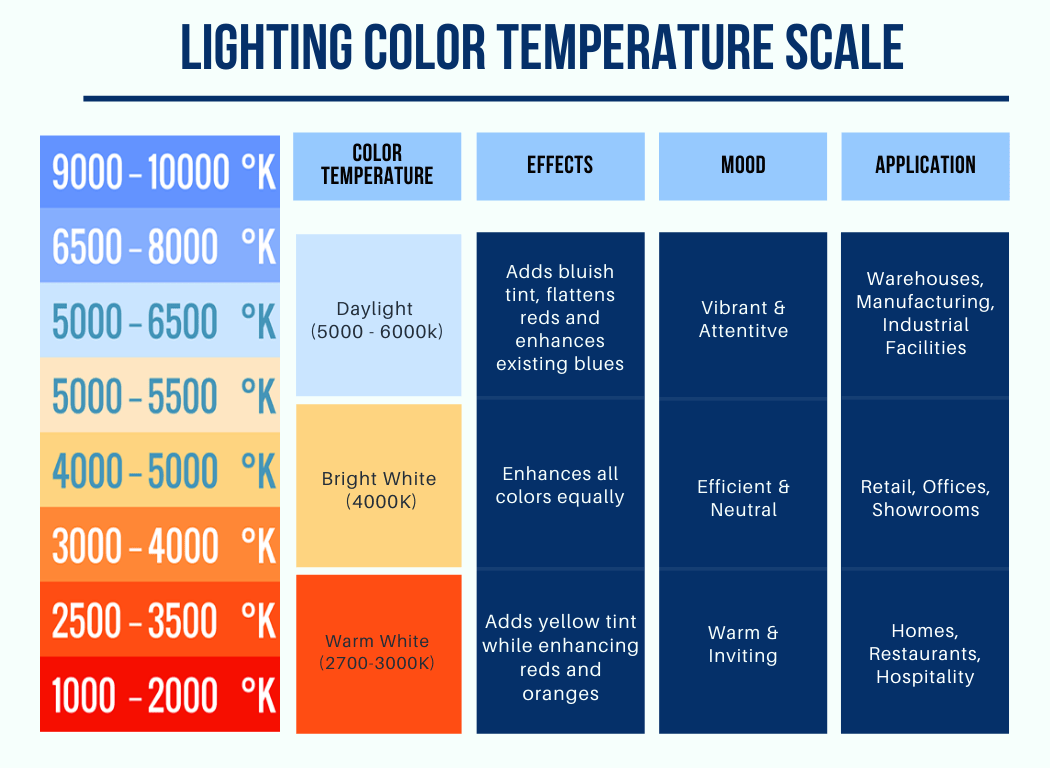 One of the main benefits of using
light color temperature
in living room design is the ability to create a cozy and inviting atmosphere. Warm, yellow tones have a calming effect and can make a space feel more intimate and comfortable. This is especially beneficial in a living room, where we often gather with family and friends to relax and unwind.
One of the main benefits of using
light color temperature
in living room design is the ability to create a cozy and inviting atmosphere. Warm, yellow tones have a calming effect and can make a space feel more intimate and comfortable. This is especially beneficial in a living room, where we often gather with family and friends to relax and unwind.
Enhancing the Décor
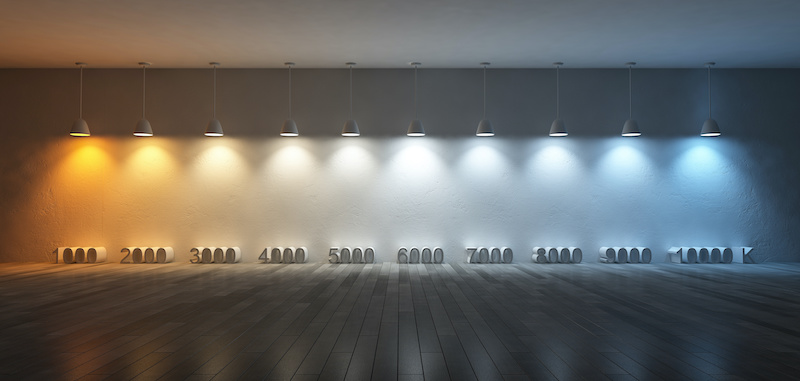 Another advantage of using
light color temperature
is its ability to enhance the decor of a room. The color temperature of light can greatly impact how colors appear in a space. For example, warm, yellow light can make bold colors, such as red or orange, appear more vibrant, while cooler, blue light can make cooler tones, like blue or green, stand out. By choosing the right light color temperature, you can highlight certain elements in your living room and create a harmonious and visually appealing design.
Another advantage of using
light color temperature
is its ability to enhance the decor of a room. The color temperature of light can greatly impact how colors appear in a space. For example, warm, yellow light can make bold colors, such as red or orange, appear more vibrant, while cooler, blue light can make cooler tones, like blue or green, stand out. By choosing the right light color temperature, you can highlight certain elements in your living room and create a harmonious and visually appealing design.
Boosting Productivity
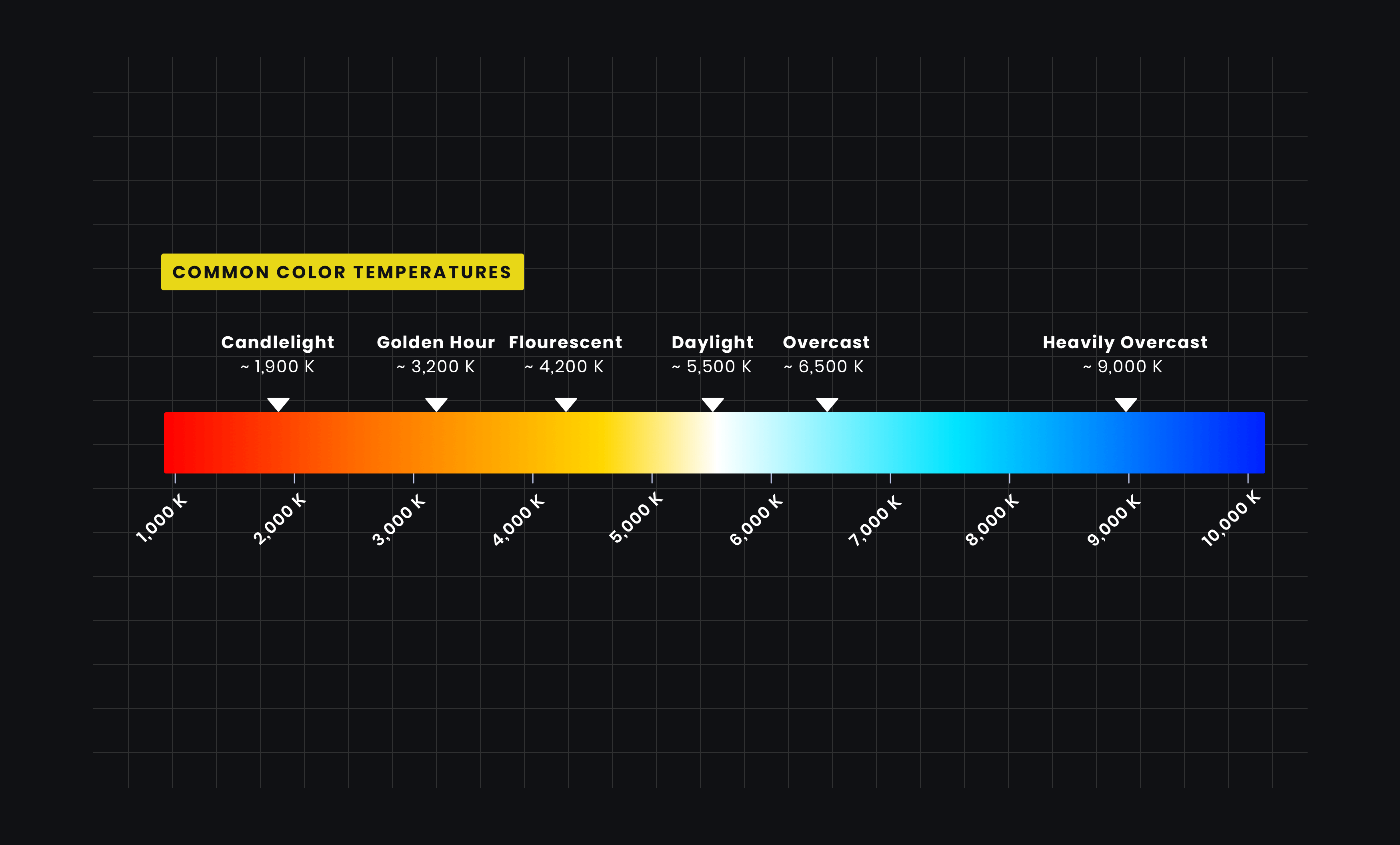 While warm, yellow light is great for creating a cozy atmosphere, cooler, blue light is known for its energizing and productivity-boosting effects. This can be especially beneficial if you use your living room as a workspace or for activities that require focus, such as reading or studying. By incorporating
light color temperature
into your living room design, you can create a space that is not only relaxing but also conducive to productivity.
While warm, yellow light is great for creating a cozy atmosphere, cooler, blue light is known for its energizing and productivity-boosting effects. This can be especially beneficial if you use your living room as a workspace or for activities that require focus, such as reading or studying. By incorporating
light color temperature
into your living room design, you can create a space that is not only relaxing but also conducive to productivity.
Final Thoughts
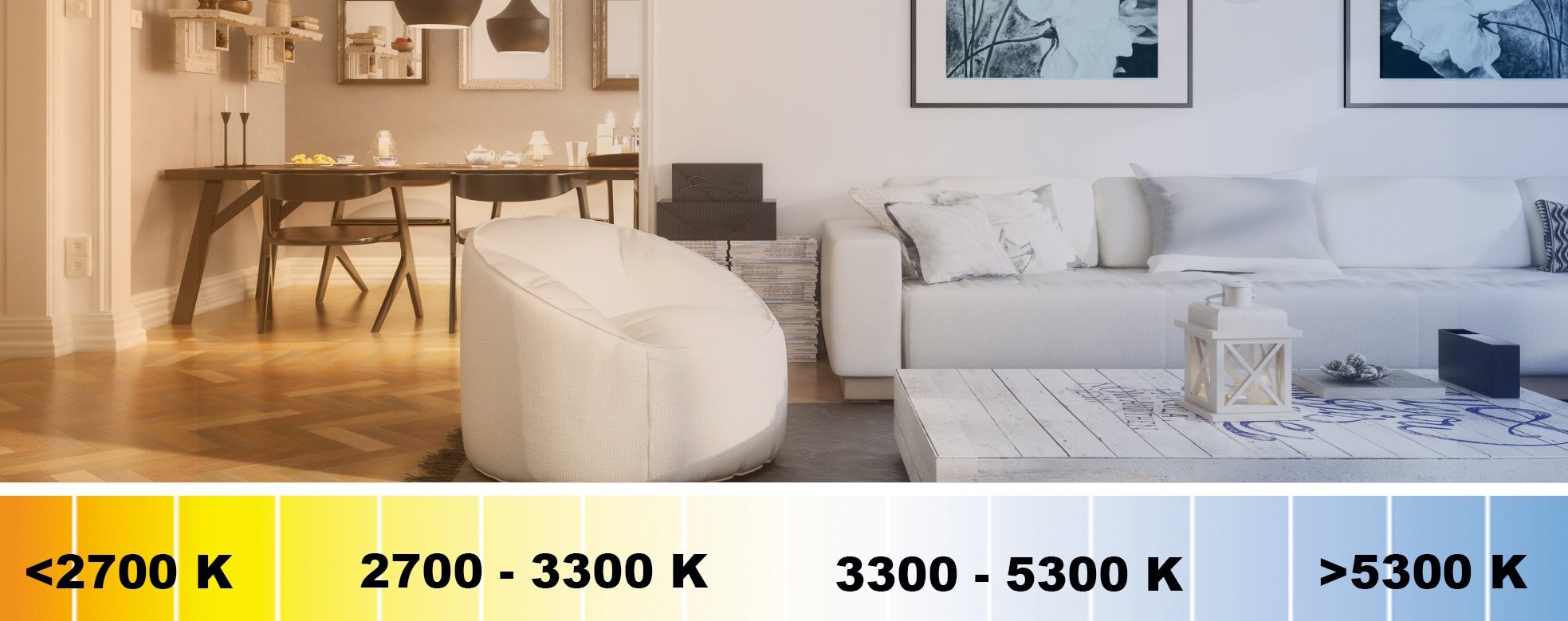 In conclusion,
light color temperature
is an essential element to consider when designing a living room. By choosing the right color temperature, you can create a comfortable and inviting atmosphere, enhance the decor, and even boost productivity. So, when planning your next living room design, don't forget to give
light color temperature
the attention it deserves.
In conclusion,
light color temperature
is an essential element to consider when designing a living room. By choosing the right color temperature, you can create a comfortable and inviting atmosphere, enhance the decor, and even boost productivity. So, when planning your next living room design, don't forget to give
light color temperature
the attention it deserves.


:format(webp)/https://static-ph.zacdn.com/p/retail-therapy-ph-9994-5342352-1.jpg)
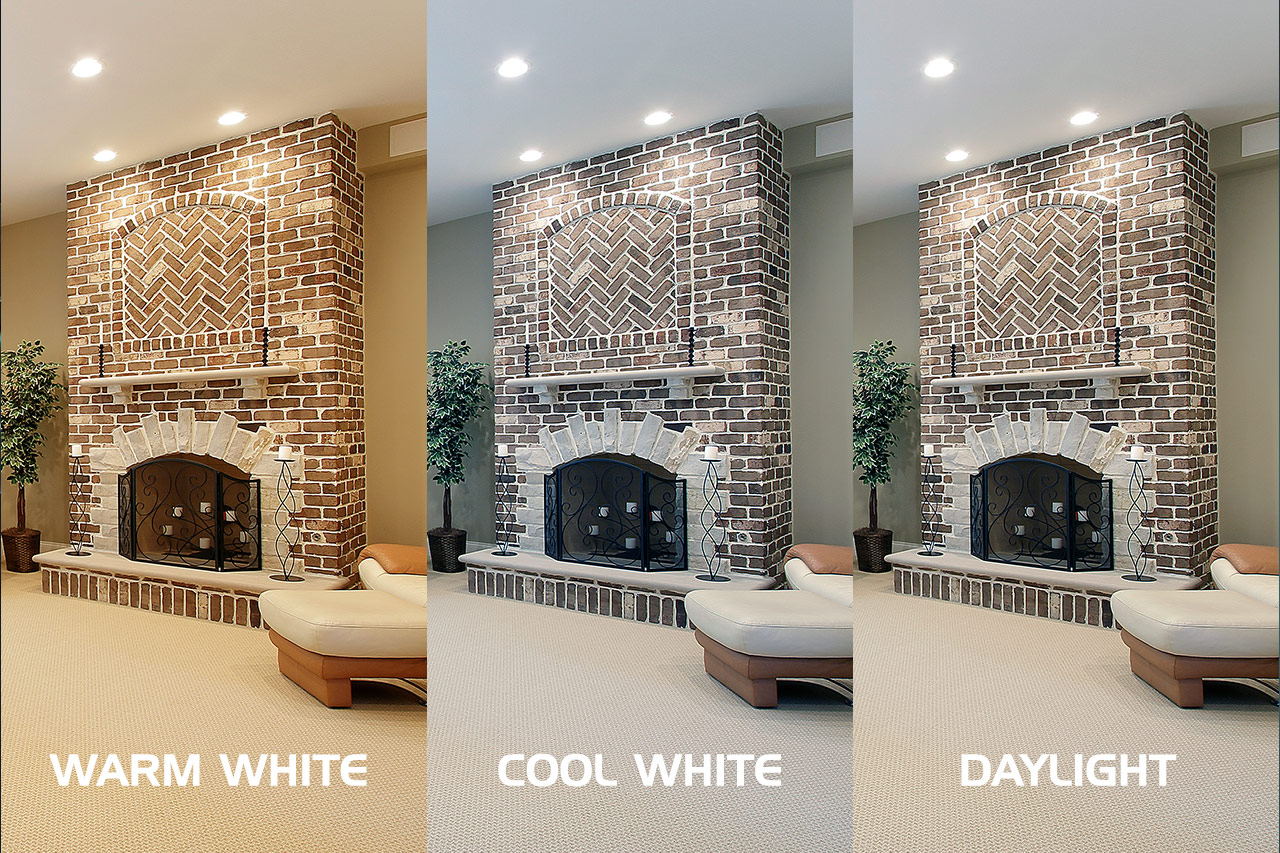
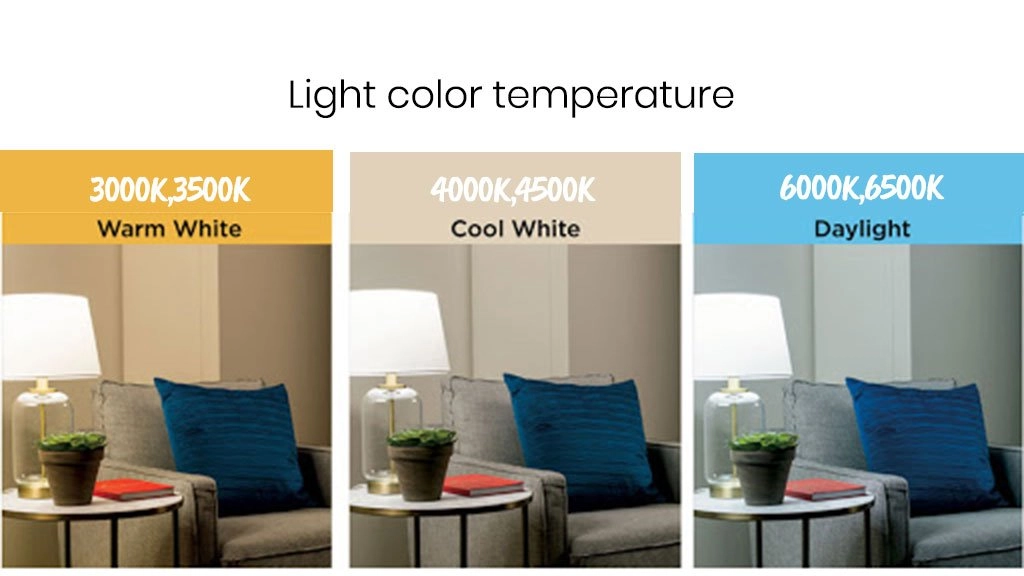















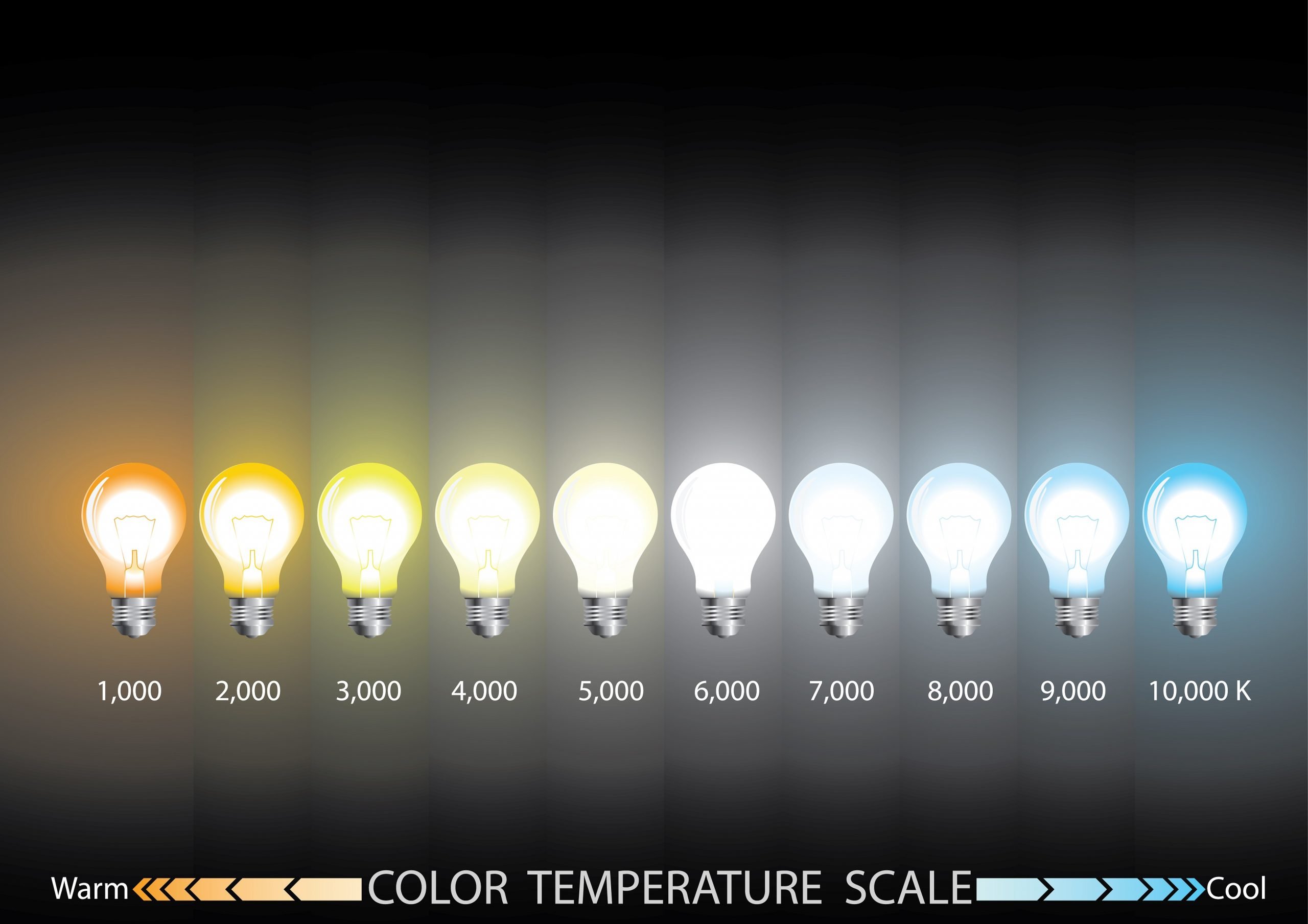


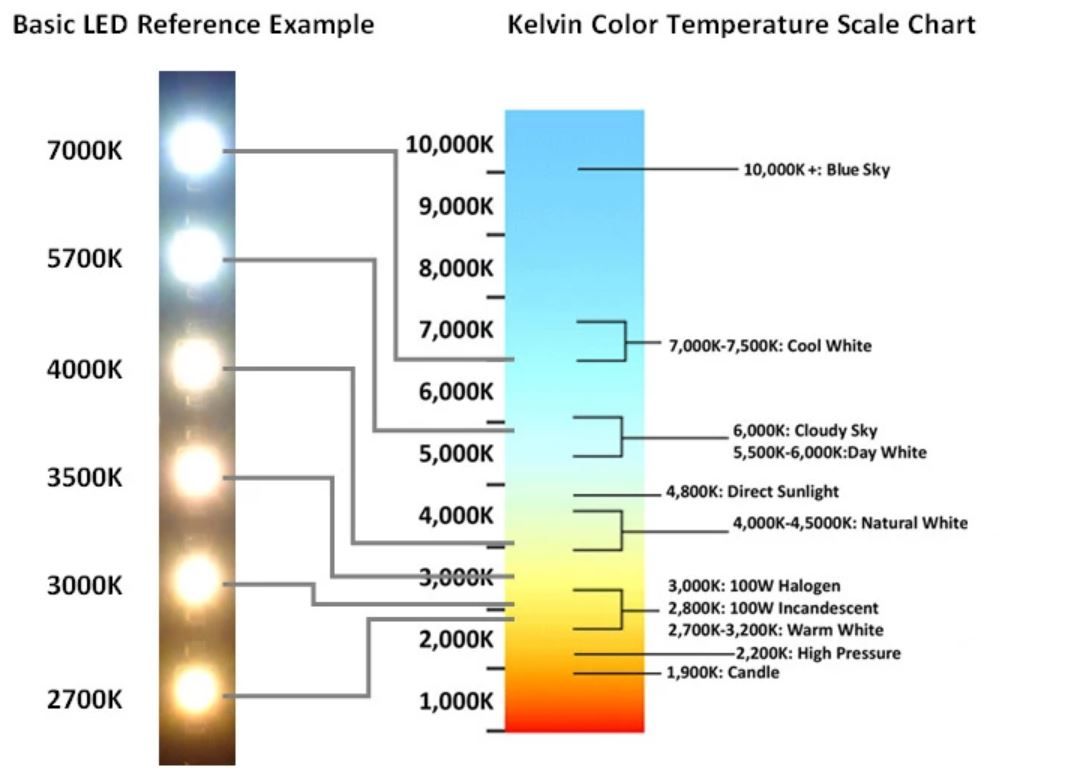



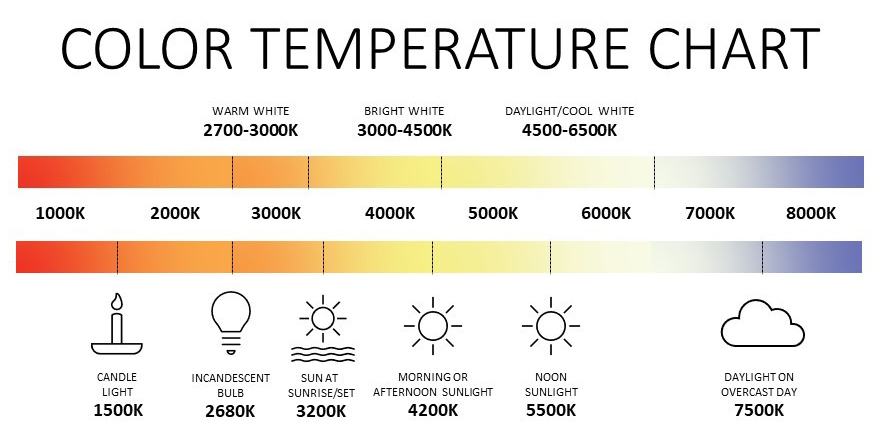
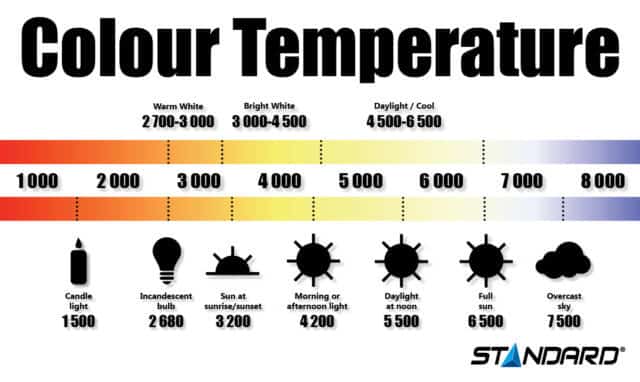



/living-room-lighting-ideas-4134256-01-2f070b6071444f1197ad5ca56d9e6678.jpg)

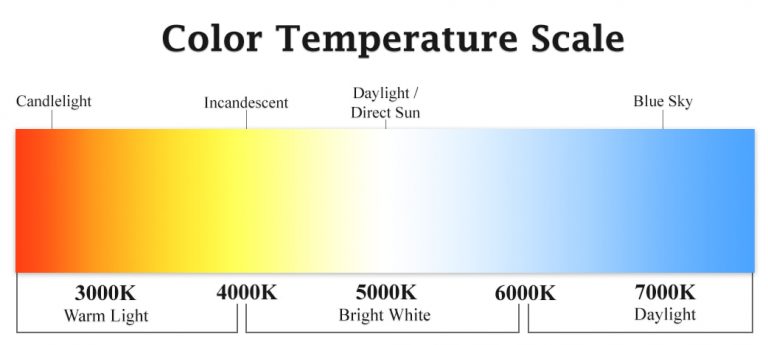
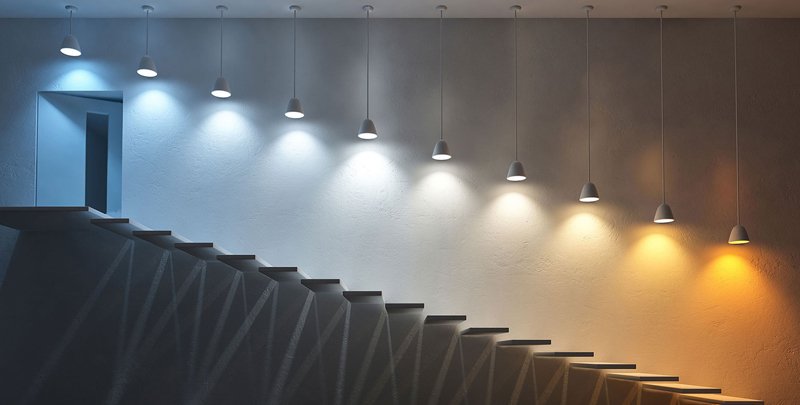




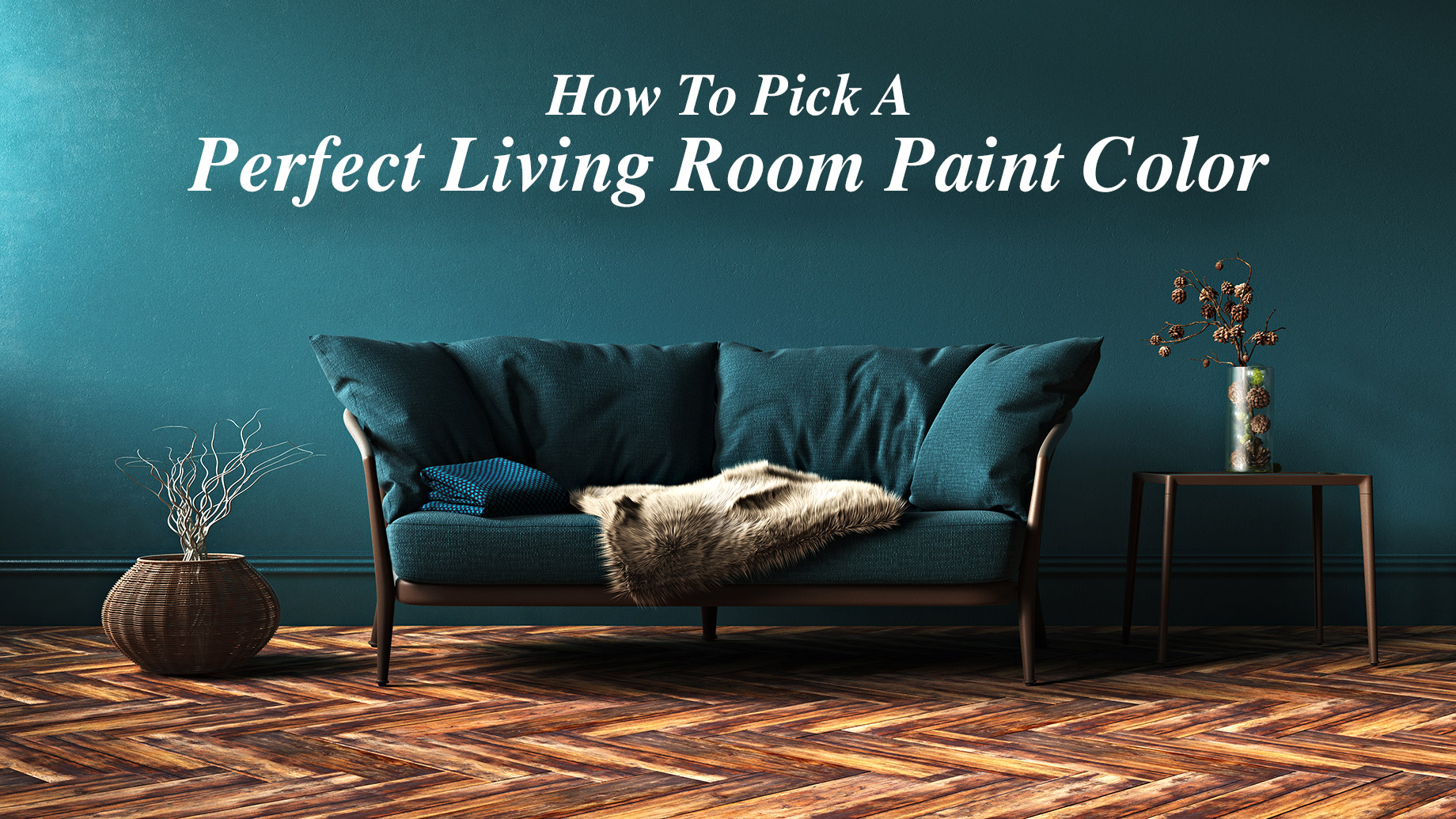



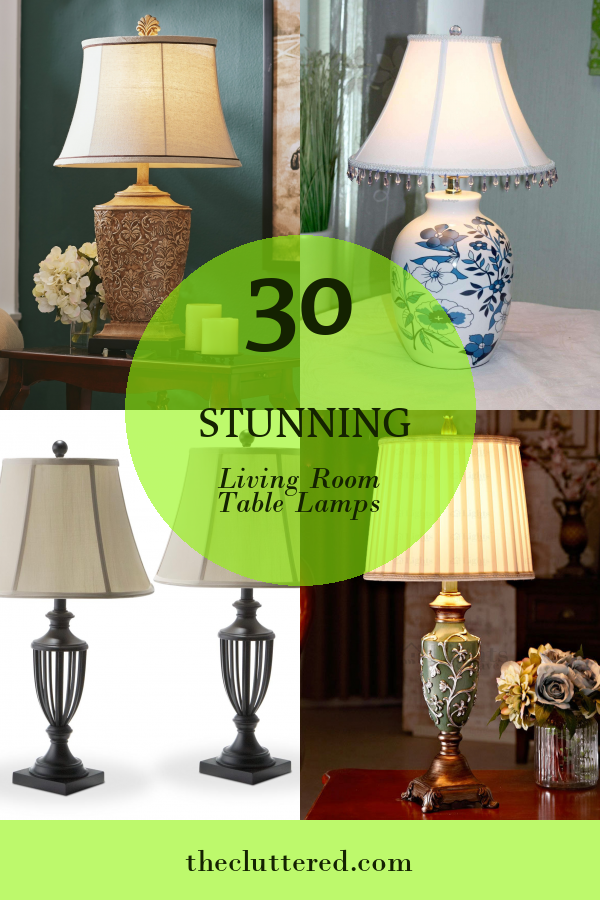





:max_bytes(150000):strip_icc()/living-room-lighting-ideas-4134256-01-2f070b6071444f1197ad5ca56d9e6678.jpg)

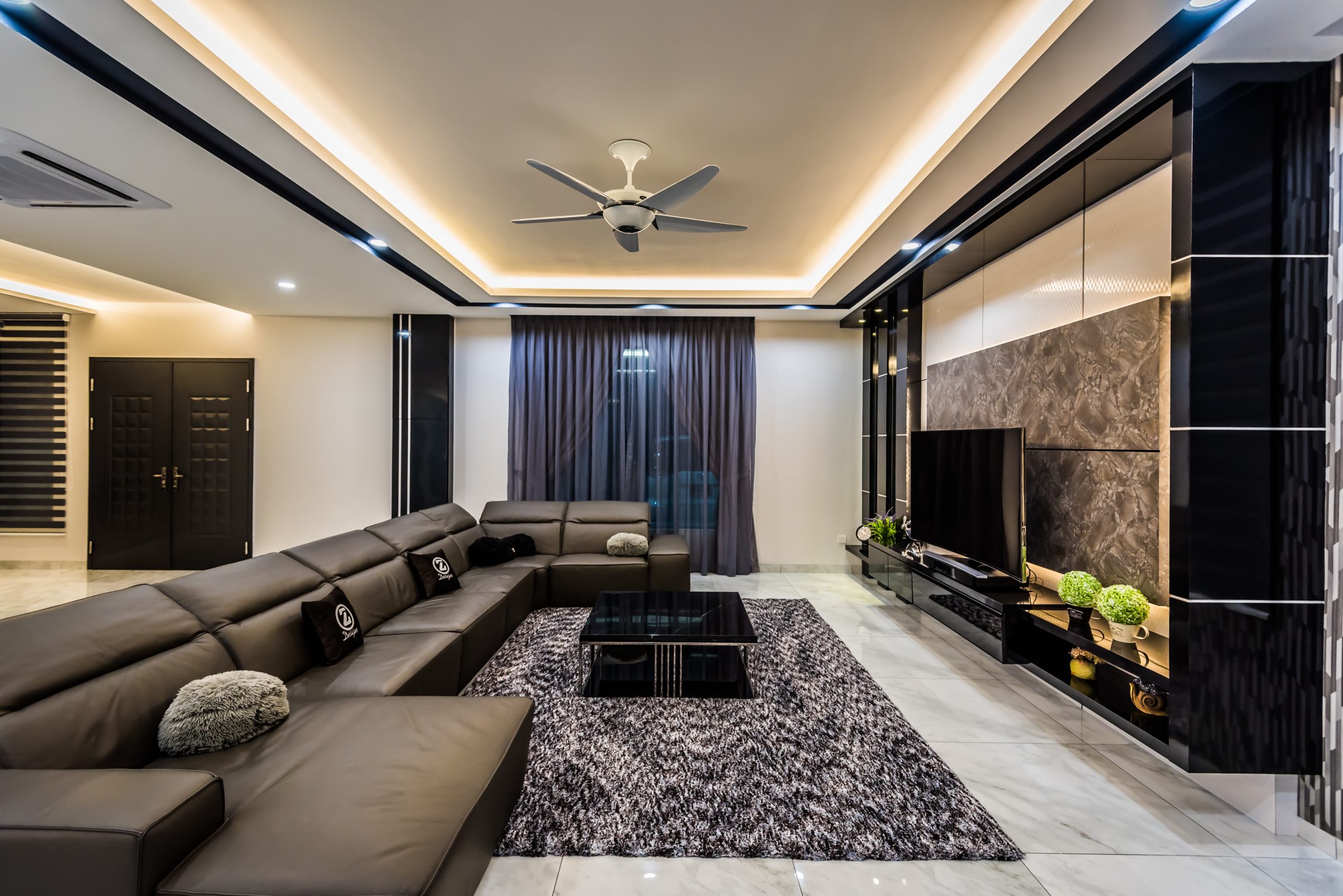

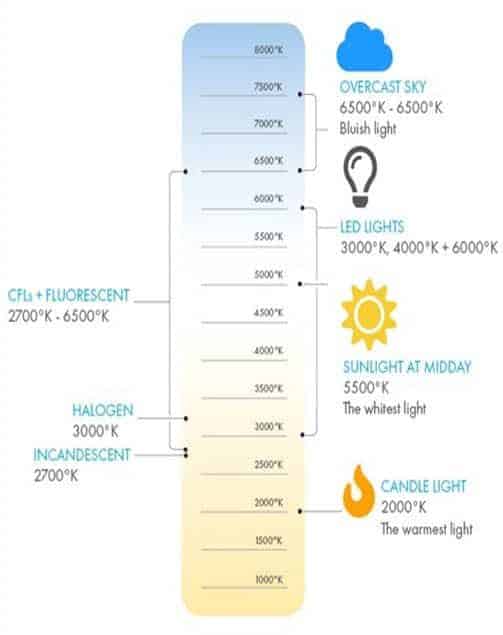








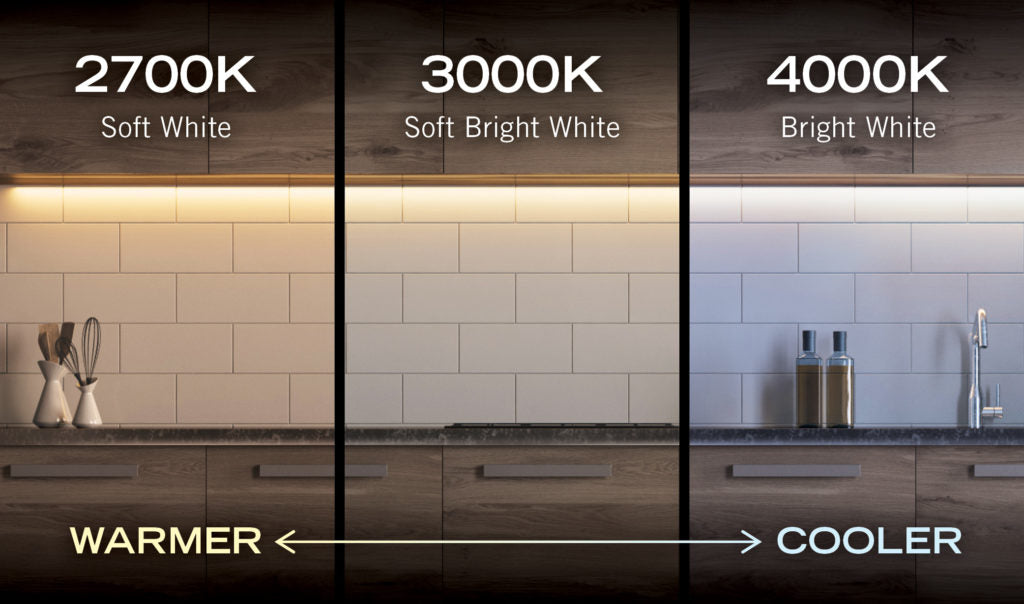
:max_bytes(150000):strip_icc()/living-room-area-rugs-1977221-e10e92b074244eb38400fecb3a77516c.png)


